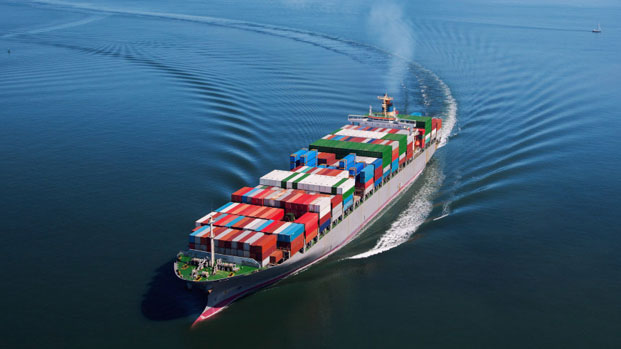+
As a leading Freight Forwarder from China to Philippines, Gowin provides you various shipping from China to Philippines services. Shipping from China to Asia countries offers various efficient options due to geographical proximity. Sea freight is widely used for its cost-effectiveness and capacity to handle large volumes. Air freight provides a faster alternative for urgent or high-value shipments. Additionally, road and rail freight present viable options for bordering countries, offering competitive transit times and costs. The choice depends on the specific needs regarding speed, budget, and cargo size.
Major ports play a pivotal role in facilitating shipping from China to Asia such as for the China to Pakistan cargo service, acting as crucial nodes in the global supply chain. China, home to some of the world’s busiest ports like Shanghai, Ningbo-Zhoushan, and Shenzhen, serves as a key maritime hub for trade within Asia. These ports are equipped with state-of-the-art infrastructure, enabling the efficient handling and transfer of a vast array of goods. Their strategic locations offer optimal routes for shipping to various Asian destinations, significantly reducing transit times and costs.
Moreover, these ports are integrated with advanced logistics and transportation networks, including rail, road, and river transport, which provide seamless onward connections for cargo. This connectivity ensures that goods can be easily distributed across the continent, reaching even the most inland areas.
The efficiency of these ports is further enhanced by sophisticated technologies for cargo handling, customs clearance, and tracking, ensuring that shipments are processed quickly and accurately. As a result, major Chinese ports are instrumental in supporting the region’s economic growth, facilitating trade, and strengthening ties between China and other Asian countries. Their role is indispensable in maintaining the flow of goods across borders, making them central to the success of businesses engaged in intra-Asian trade.
The future of intra-Asian trade, with China at its core, is on a trajectory of robust growth and transformation. As the manufacturing powerhouse of the world, China’s shipping links to neighboring Asian countries are crucial for the region’s economic vitality. The Belt and Road Initiative (BRI) is a testament to China’s ambition to enhance trade corridors, promising to streamline shipping routes and bolster economic ties within Asia. This initiative is not just about improving physical infrastructure but also about fostering digital connectivity, which is expected to reduce trade barriers and enhance efficiency.
Technological advancements are set to play a pivotal role in shaping the future of shipping from China to Asia including China to Bangladesh shipping. Innovations in logistics and supply chain management, such as AI-driven predictive analytics and blockchain for secure and transparent transactions, are making shipping faster, more reliable, and cost-effective. Additionally, the push towards sustainability is influencing shipping practices, with an increasing emphasis on reducing carbon footprints and embracing cleaner energy sources.
Moreover, the rise of e-commerce is reshaping trade patterns, with China leading the way in cross-border online retail. This digital trade boom is driving demand for more agile and flexible shipping solutions to meet the expectations of consumers for quick and reliable delivery.
In conclusion, the future of intra-Asian trade is marked by closer integration, technological innovation, and a shift towards sustainability, with China playing a central role in driving these changes.
